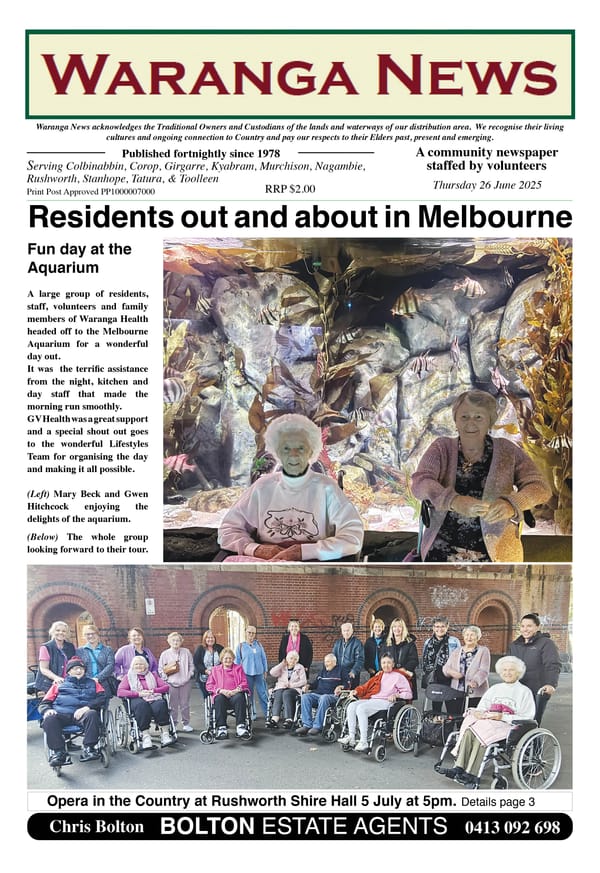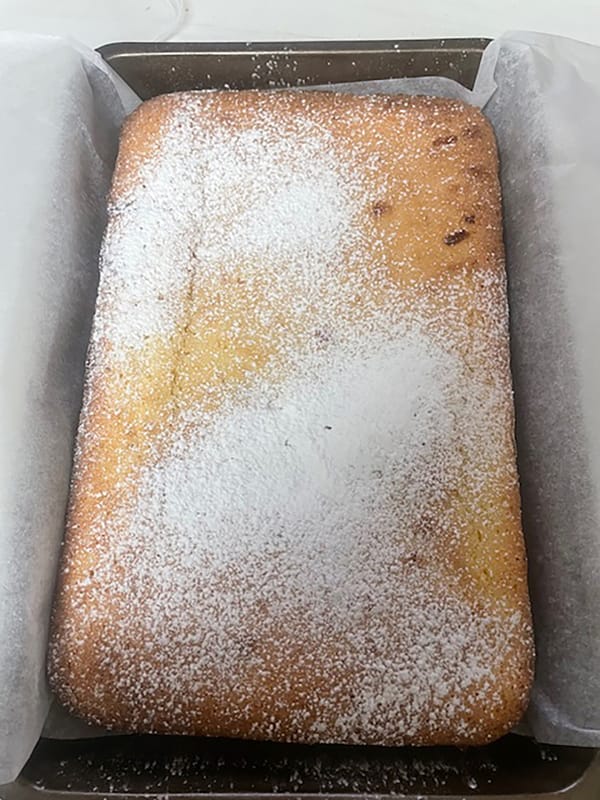38. Origins of footy

In the previous story, mention was made of one of the Assistant Protectors of Aborigines who worked in the Port Phillip district (then still part of NSW) in the 1830s and 1840s. William Thomas spent most of his time with the Wathaurong people, in the Port Phillip Bay area. The Wathaurong were part of what has come to be called the Kulin Nation, which included the local Ngurai-illum Wurrung people.
What this meant was that the Ngurai-illum not only shared some common language with the Wathaurong, but they would regularly meet with them and other peoples of the Kulin Nation. As well as taking the opportunity at those get togethers to trade and share cultural experiences, they could well have been a venue for various sporting activities. Thomas observed with regard to games that “they have many, all adapted to expand the corporeal (i.e. physical) powers, (such) as running, jumping and throwing…but the most manual is wrestling…and it is not until both are nearly exhausted that one is down.”
MARN GROOK
Anyone who watches NITV, or is just a footy fan, will probably have come across the Marngrook Footy Show, a celebration of all good things Aboriginal football. William Thomas was an early observer of the game that he recorded as being called “Marn Grook”. (Yokayi Footy on NITV is well worth a look as well)
At a gathering of Kulin peoples in 1841, he recorded his observations of a game – “The men and boys joyfully assemble when this game is to be played. One makes a ball of possum skin. It’s somewhat elastic but firm and strong. The players of this game do not throw the ball, as a white man might do, but drops it and at the same time kicks it with his foot. The tallest men have the best chances in this game. Some of them leap as high as 5 feet or more from the ground to catch the ball. (ed. Is this the origin of the “speccy”?) The person who secures the ball kicks it. This continues for hours and the natives never seem to tire of the exercise.”1
Another early observer said “Each side endeavours to keep possession of the ball, which is tossed a short distance by hand, then kicked in any direction. The side which kicks it oftenest and furthest gains the game. The person who sends it the highest is considered the best player, and has the honour of burying it in the ground till required the next day. The sport is concluded with a shout of applause, and the best player is complimented on his skill. The game, which is somewhat similar to the white man's game of football (i.e. rugby), is very rough...”2
CODIFICATION OF FOOTY
Do these observations sound familiar? Perhaps the Ngurai-illum Wurrung were present at the gathering in 1841, and it is interesting to ponder the possibility of them having their own Marn Grook team to compete against the other groups from the Kulin Nation. It was another 18 years after the game Thomas witnessed before Tom Wills and others sat down to provide the first codified set of rules for Aussie rules football. Although Wills was influenced by his experiences with rugby, he grew up on a station in western Victoria, regularly playing with Aboriginal kids, so this may also have been an influence.
Some historians refute this, but whatever the case, there is no doubt that the contribution of Aboriginal people to the excitement of Aussie rules football has always been a feature of the game. This has never been more evident than today, when there are nearly 200 listed players in the AFL with Aboriginal heritage. At 10% of listed players, this is far in excess of the 3% of the overall population who identify as Aboriginal.
References: 1 Stephens, Marguerita (ed), The Journal of William Thomas: Assistant Protector of the Aborigines of Port Phillip and Guardian of the Aborigines of Victoria 1839-67; 2 Dawson, James, Australian Aborigines (1881)



